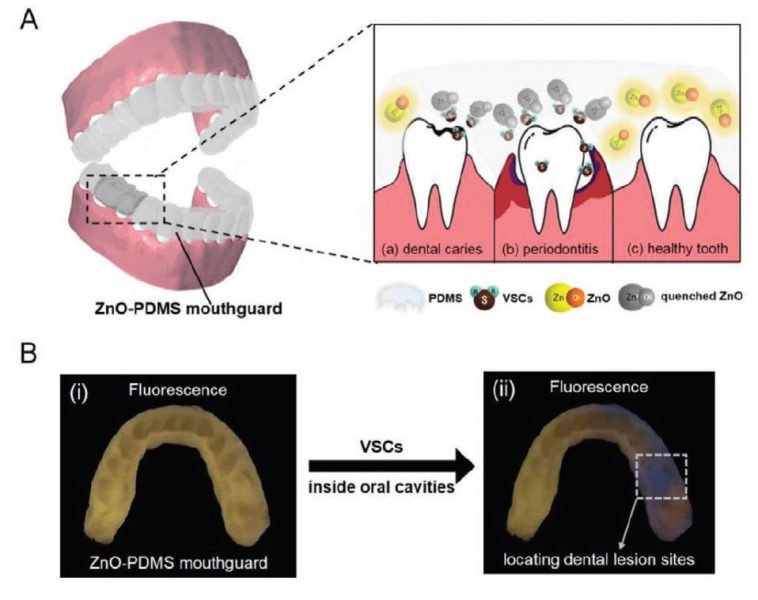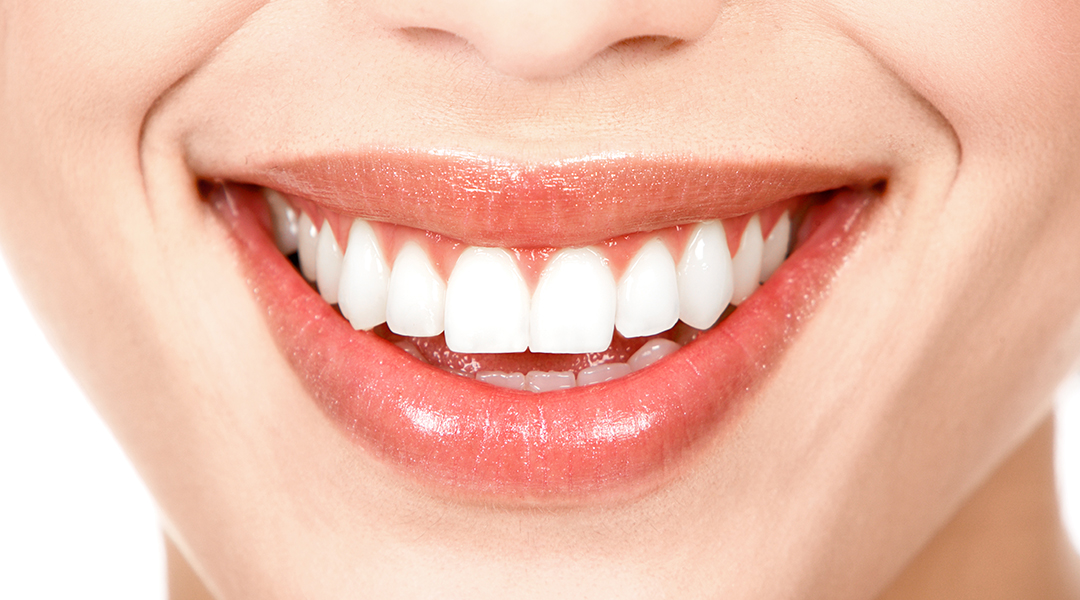Image credit: kurhan/Shutterstock
As the saying goes, a smile is the prettiest thing you’ll ever wear. Studies show that smiling can make you appear and feel more attractive and actually have a positive emotional effect on the people around you. Interestingly, this seemingly simple act leads to the production of endorphins, which cause an influx of positive emotions that can help to moderate anxiety and relieve the stress.
Oral health is important not only in maintaining our smiles, but provides a window into our overall health. Common clinical diseases, such as dental cavities and infections, can in fact lead to serious damage and unpleasant health effects.
For example, people affected by periodontitis, a serious gum infection, experience so called “rotten” breath, which is one of its most common symptoms. It is usually due to a class of “stinky” molecules known as volatile sulfur compounds, which are the result of the metabolic activity of the bacteria present in your mouth. These molecules are toxic for soft tissues found in the oral cavity and can thus facilitate the assault of bacteria and lead to gum infection. When this happens, you observe swollen, bleeding, and painful gums as well as, in the worst cases, loose teeth.
Accurate detection and early diagnosis of these types of dental and oral conditions become essential in protecting our oral and general health.
Although the volatile sulfur compounds are a sneaky enemy and their presence is a signal for a larger problem, they can also be used to our advantage. Nowadays, current methods for the diagnosis of oral diseases are based on the detection of these volatile sulfur compounds. However, these methods are not capable of detecting their source, which would allow doctors to identify lesion sites.
To this end, Professor Yu Shrike Zhang and co-workers at Harvard Medical School are well-versed in these problems of diagnosis and detection, and their resulting repercussions: “Oral diseases can be detrimental if not treated promptly,” stated the authors in their study. “And this is a major issue especially in less developed areas, where the per capita dentists can be extremely low, not allowing for routine examinations”.
In light of this, Zhang and his group targeted the challenges in the accurate detection and early diagnosis of dental cavities and periodontitis. The results of their research have led to the development of a wearable dental mouthguard with the unique property of accurately revealing any hidden dental lesion sites through localized sensing of volatile sulfur compounds.

The mouthguard, made by a composite of PDMS and fluorescent zinc oxide quantum dots (ZnO QDs), exploits the optical properties of the latter. Indeed, the material shows a high fluorescence stability under various physiological conditions. However, when it comes into contact with a specific lesion site, the fluorescent ZnO QD reacts with the volatile sulfur compounds, quenching the fluorescence and indicating the exact site of the lesion.
Thanks to this simple mechanism, a person wearing the mouthguard for 7h (e.g., during night rest) is thus able to detect a potential risk by identifying the damaged site. The great potential of this medical devise lies on a fast and precise diagnosis and provides a preliminary yet accurate method of screening for dental lesions.
Moreover, the low cost, long‐term stability, and good patient compliance, as well as ease manufacturing, makes this mouthguard a convenient clinical device that has the potential for widespread applicability and ease of distribution.
“The next challenges could be [to distribute] portable devices that accompany the mouthguards,” said the authors of their future plans. “[This will] allow for at-home self-examinations without even needing to go to the clinic.”
Reference: X. Li, et al. ‘A Transparent, Wearable Fluorescent Mouthguard for High‐Sensitive Visualization and Accurate Localization of Hidden Dental Lesion Sites’ Advanced Materials (2020). DOI: 10.1002/adma.202000060

















